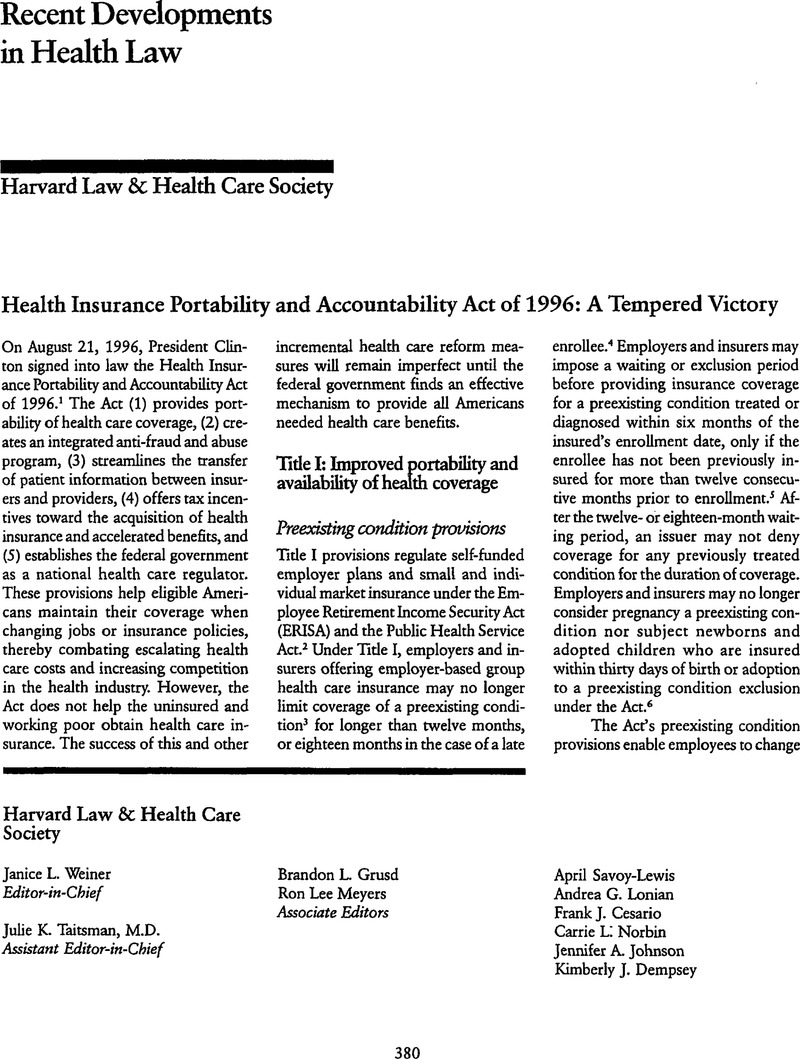“A group health plan, or a health insurance issuer … may … impose a preexisting condition exclusion only if – (1) such exclusion relates to a condition (whether physical or mental), regardless of the cause of the condition, for which medical advice, diagnosis, care, or treatment was recommended or received within the 6-month period ending on the enrollment date.” HIPA § 101(a), 29 U.S.C.A. § 1181(a) (West Supp.
1996). “The term ‘preexisting condition exclusion’ means, with respect to coverage, a limitation or exclusion of benefits relating to a condition based on the fact that the condition was present before the date of enrollment for such coverage, whether or not any medical advice, diagnosis, care, or treatment was recommended or received before such date.” HIPA § 101(a), 29 U.S.C.A. § 1181(b)(1)(A).
Google Scholar